The parallel journey between nature and human
Since being recognized by UNESCO as the first inter-provincial world natural heritage site of Vietnam, Ha Long Bay - Cat Ba Archipelago has entered a new chapter. No longer just a spectacular photo in travel magazines, this place is becoming a place to develop a green tourism model, every step of the tourist is a part of the conservation story.
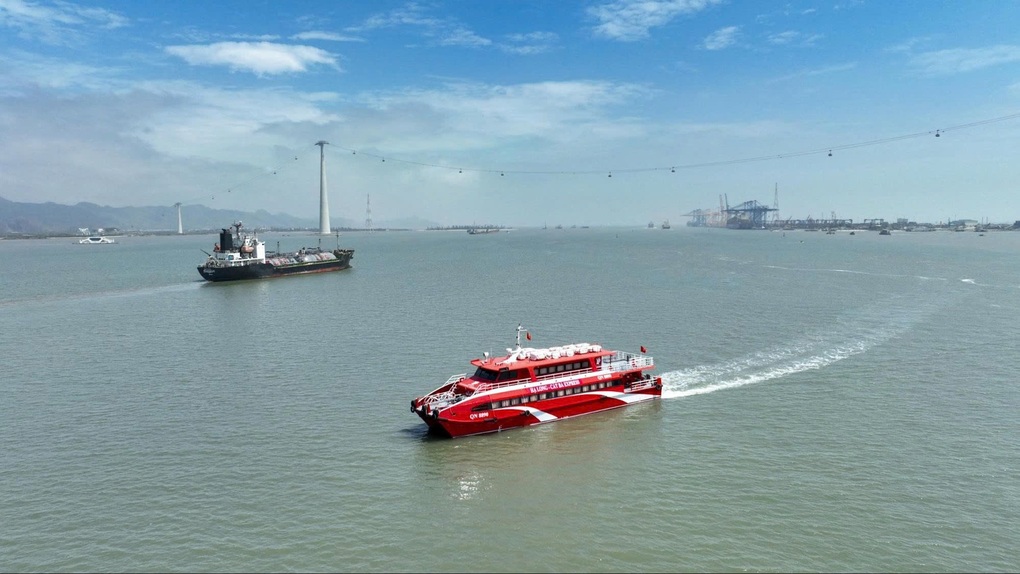
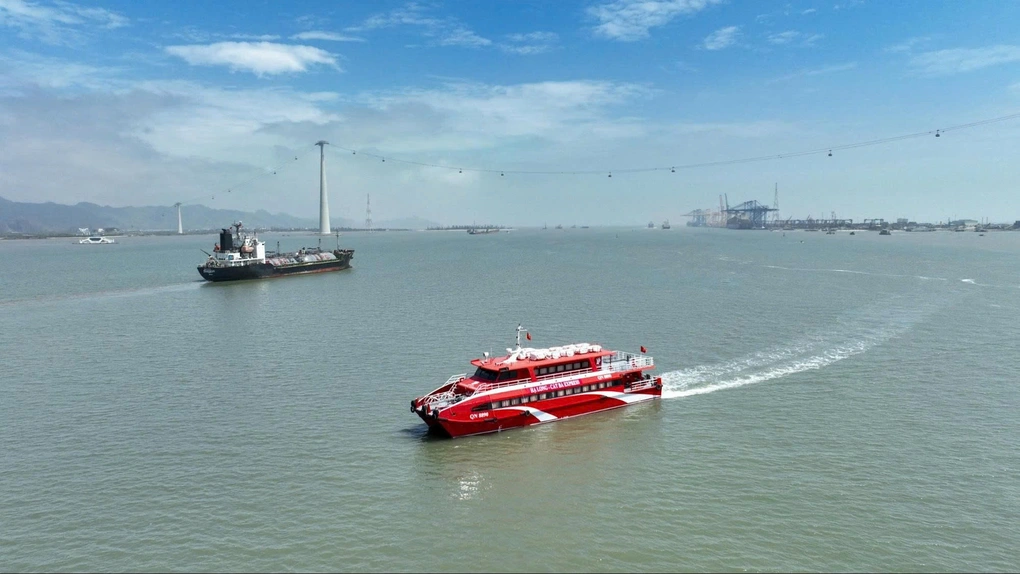
High-speed boat running on Ha Long - Cat Ba route (Photo: Sun World).
The high-speed boat connecting Ha Long - Cat Ba now takes just over an hour to travel with two new tourist routes VHL5 and VHL6, which are being introduced as “soft roads” connecting Ha Long, Bai Tu Long and Lan Ha. Visitors can not only enjoy the scenery, but also learn about geology, biodiversity and island culture.
At Cua Van or Viet Hai fishing villages, tourists can experience the life of the local people, learn to weave nets, cook traditional braised fish, or join fishermen in pulling the first catch of the day. These experiences help tourists understand that tourism is not just about sightseeing, but also about accompanying the local community in preserving nature.
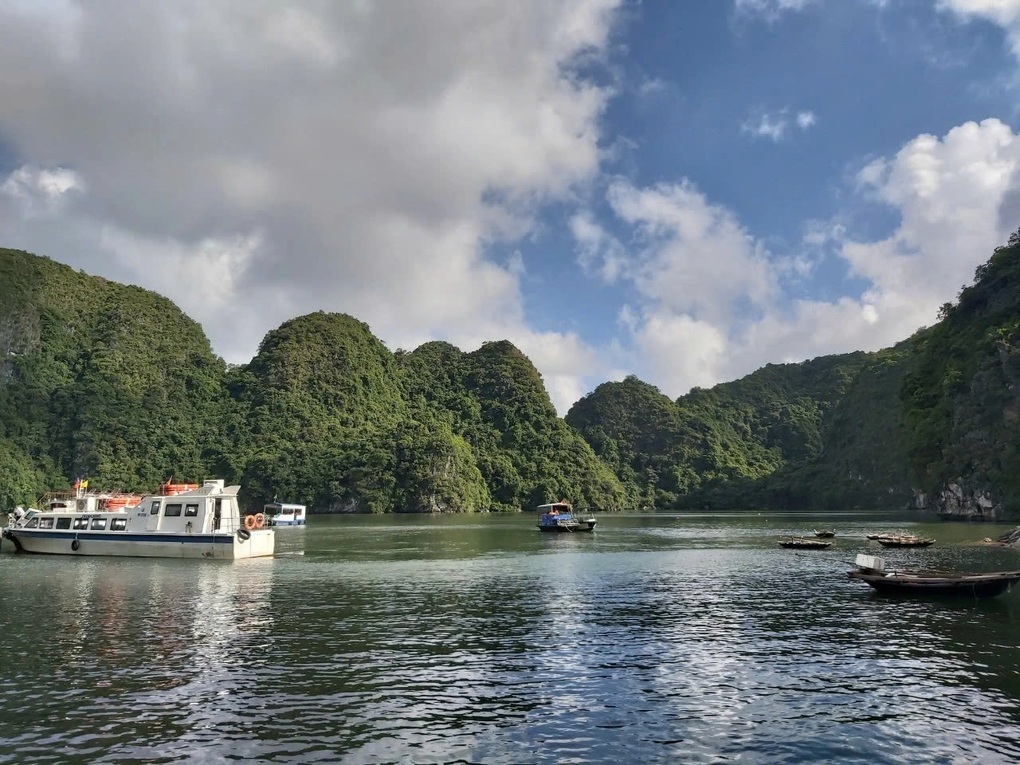
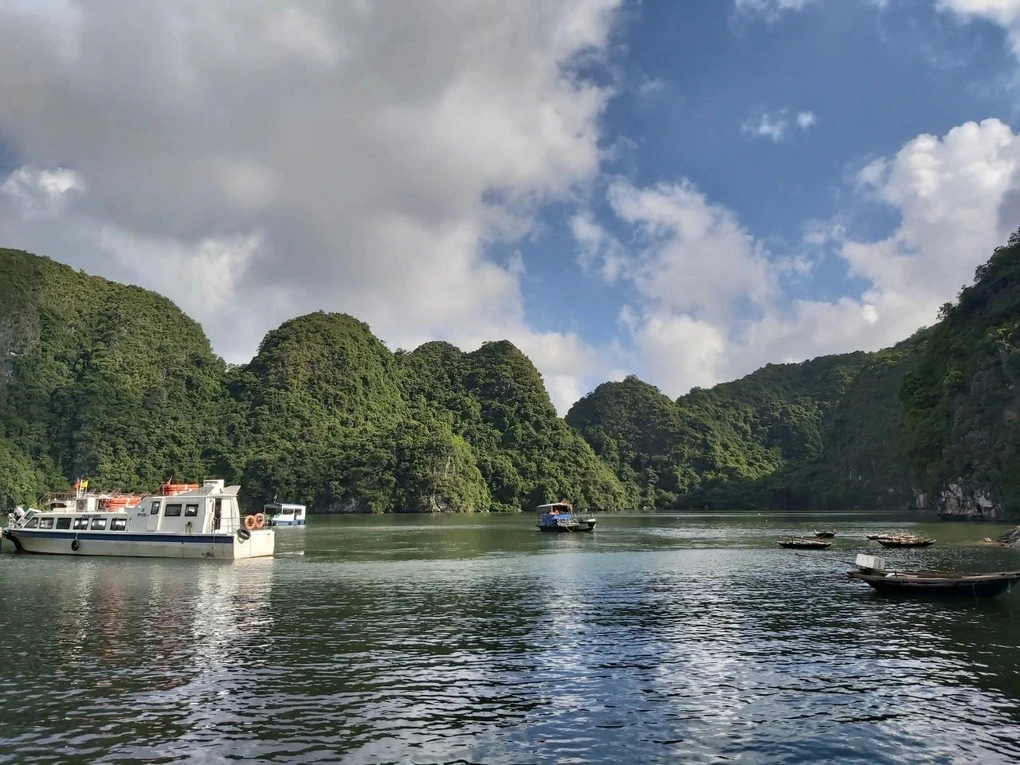
Explore the landscape of Viet Hai fishing village (Photo: Ha Trang).
Every month, the program “Ha Long Bay - Cat Ba without plastic waste” still takes place regularly. Tourists are encouraged to bring their own water bottles and use bamboo straws, while cruise ships are required to switch to environmentally friendly materials. At Tuan Chau or Ben Beo ports, waste classification instruction boards have become a familiar image.
Resorts and accommodations are also pursuing green tourism certification, using renewable energy, limiting plastic bags, and prioritizing local products. Many businesses are investing in developing a “zero waste” model, seeing it as a competitive advantage rather than a cost burden.
According to the report of Cat Hai special zone, in the first 8 months of the year, Cat Ba welcomed 3.59 million visitors, an increase of more than 1 million over the same period last year. This number affirms the increasing attraction of the Pearl Island in the hearts of domestic and foreign tourists.
Along with this impressive number, activities to control tourism capacity, protect coral reefs, and monitor boat noise are being tightened. The goal is to make tourists come not just once for the beautiful scenery, but to come back for the peaceful, fresh and meaningful experience.
Conservation, the heart of development
The attraction of Ha Long - Cat Ba not only comes from its majestic beauty, but also lies in its rare and diverse ecosystem. Cat Ba archipelago currently records more than 2,400 species of terrestrial animals, 1,600 species of plants and more than 2,000 species of marine life.
In particular, the Cat Ba langur - an endemic primate found only here - has become a living symbol of Vietnam's successful conservation efforts.
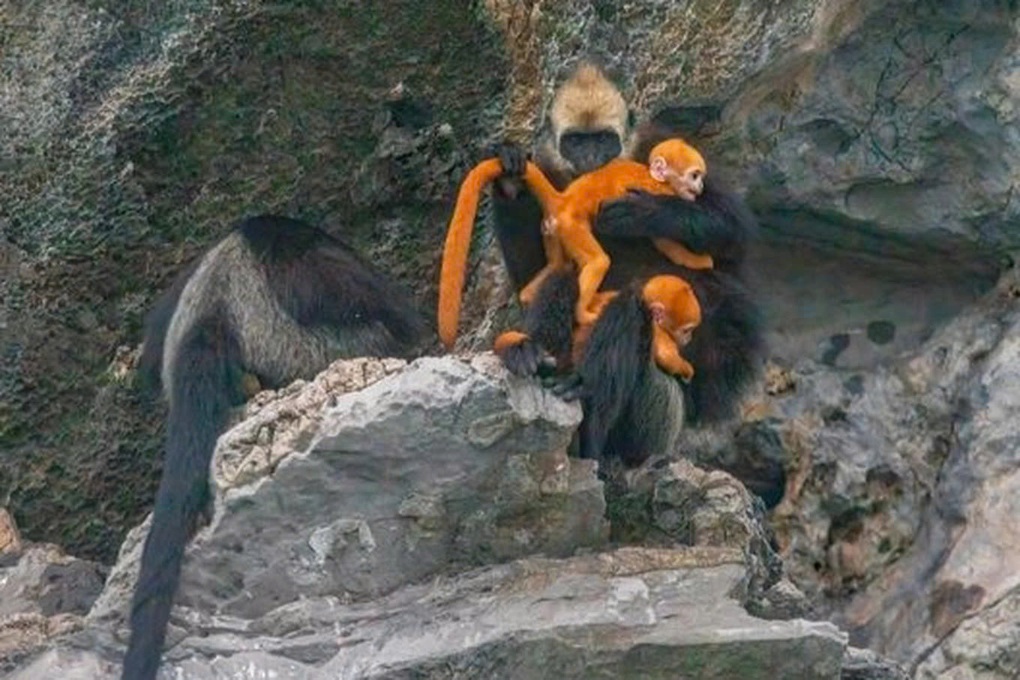
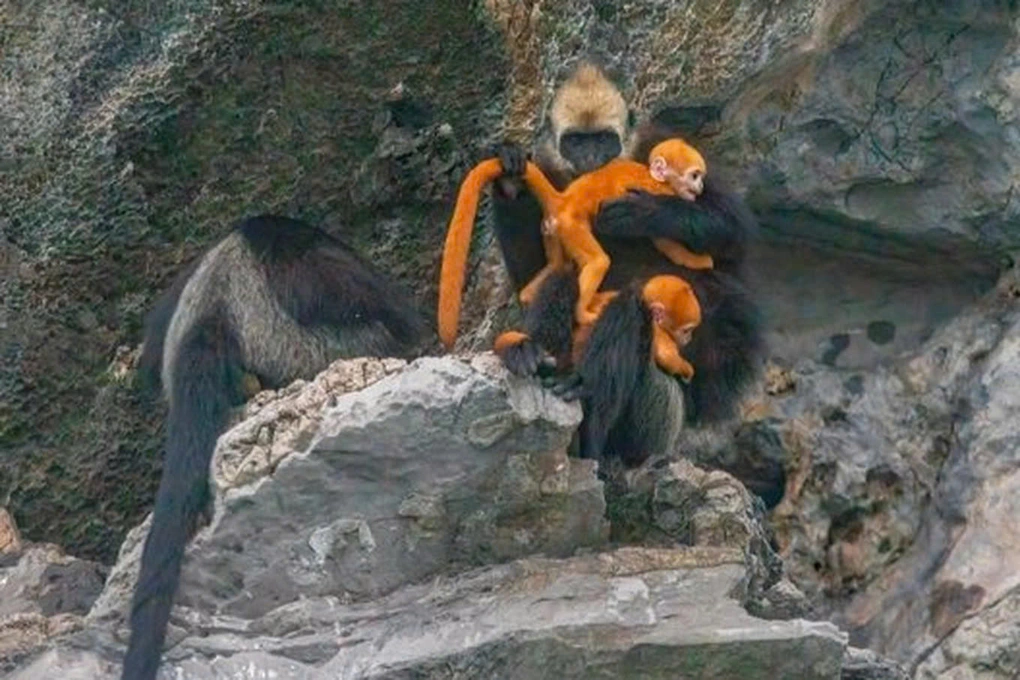
Cat Ba Langur - Hai Phong (Photo: Social network).
Ecotourism routes now do not encroach on the core forest area, but mainly concentrate on coastal areas and buffer zones. Visitors can explore Kim Giao forest, cycle through the national park, or watch langurs from afar through specialized binoculars. All are within the strict regulations of Cat Ba National Park and Ha Long Bay Management Board.
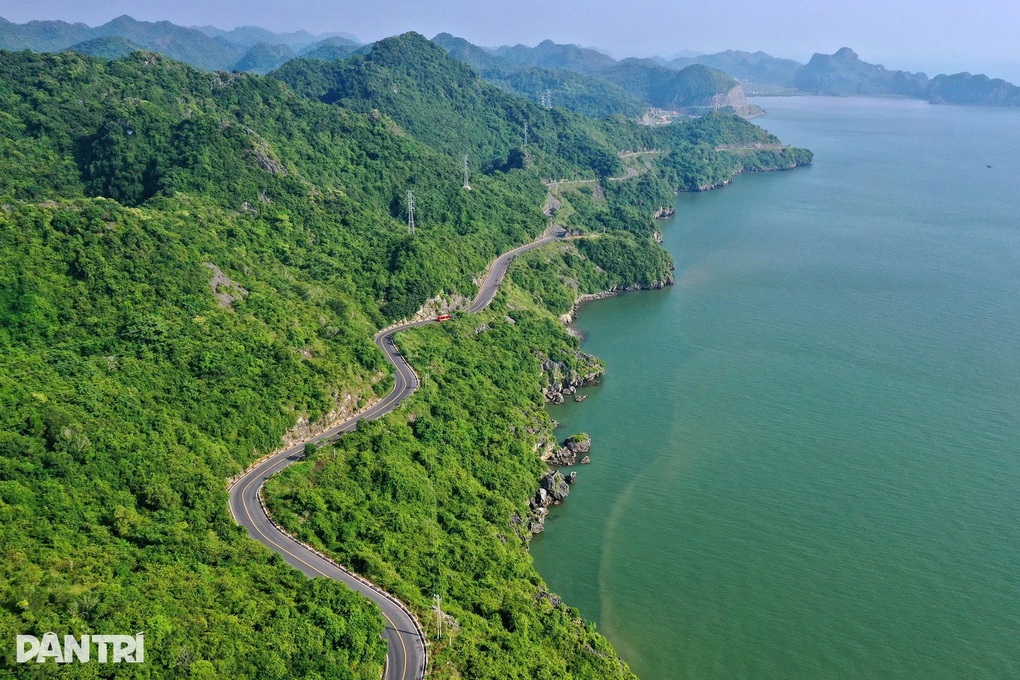
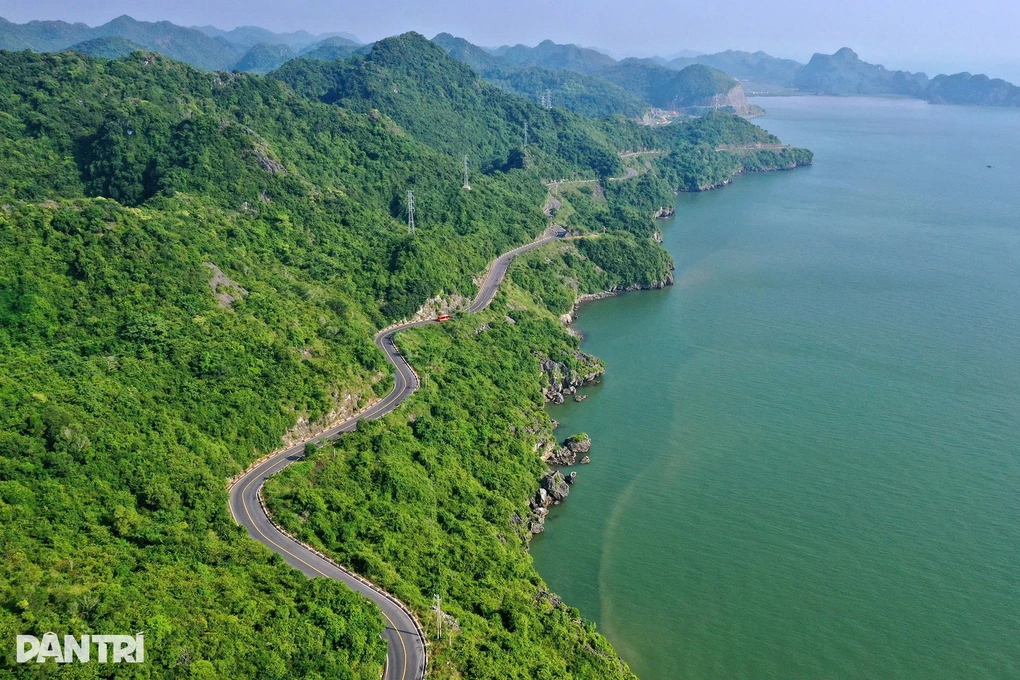
With a diverse ecosystem, Cat Ba is home to many rare species of animals and plants (Photo: Huu Nghi).
Community initiatives such as “Garbage-free village” in Tran Chau commune, “Green journey with fishermen” in Viet Hai village… have turned local residents into natural gatekeepers of heritage.
Not only nature, indigenous culture is also skillfully preserved. Whale festivals, fishing ceremonies, dum singing, and sea-based Cheo singing have been restored, becoming highlights in island cultural tourism products.
International tourists come here not only to sightsee, but also to live in the rhythm of life of the fishing people, where every song and every dish carries the salty taste of the sea and the breath of heritage.

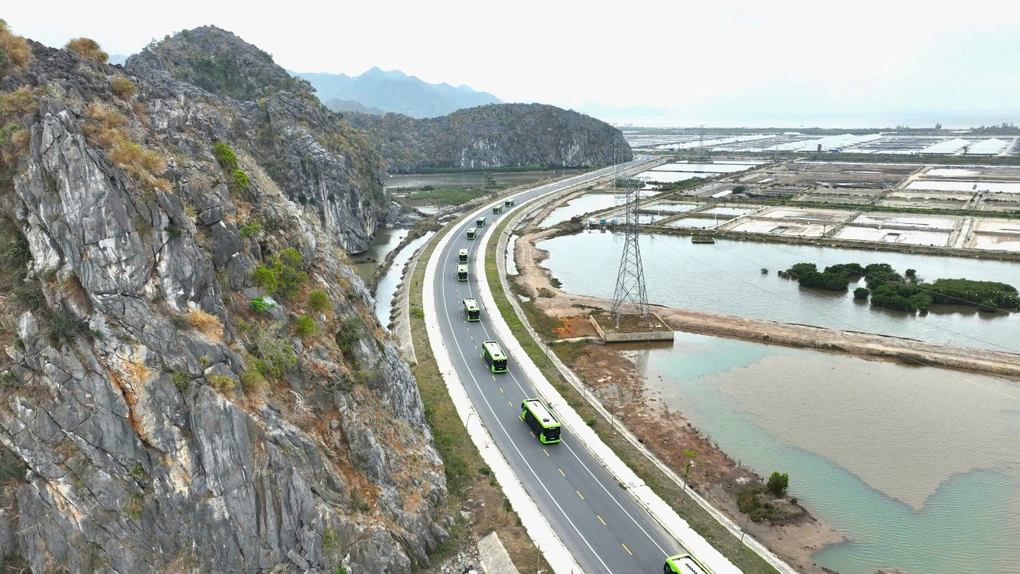
Electric car on Phu Long - Cat Ba station route (Photo: Sun World).
Preserving heritage is no longer a distant concept, but a concrete action: reducing one plastic bottle, cleaning one bag of trash, choosing an eco-tour, or simply slowing down to listen to the sound of the sea.
When tourists come to Ha Long - Cat Ba not only to see, but also to feel, to live with nature, when each experience is associated with responsibility and respect, the heritage will no longer be a landscape to admire, but a source of life to preserve. And that is how the "green pearl" of the North is quietly asserting its position on the global map of sustainable tourism.
Source: https://dantri.com.vn/du-lich/ha-long-cat-ba-hanh-trinh-xanh-giua-di-san-kep-20251030114930545.htm


![[Photo] Prime Minister Pham Minh Chinh attends the 5th National Press Awards Ceremony on preventing and combating corruption, waste and negativity](https://vphoto.vietnam.vn/thumb/1200x675/vietnam/resource/IMAGE/2025/10/31/1761881588160_dsc-8359-jpg.webp)


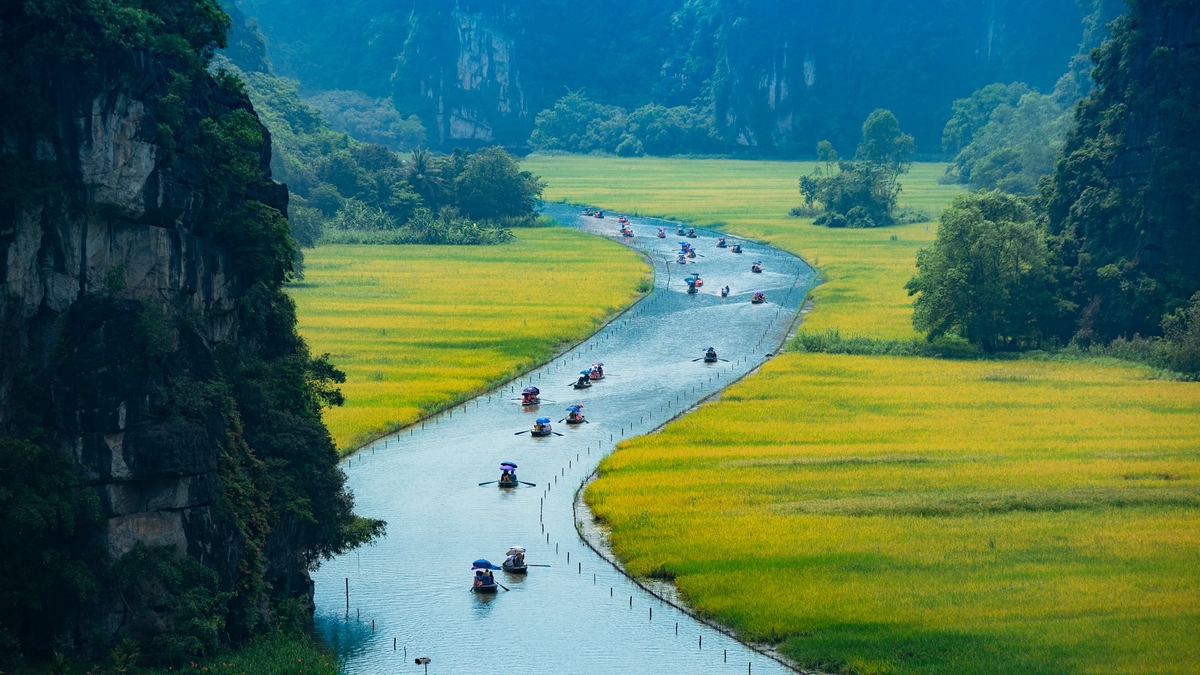
![[Photo] Da Nang: Water gradually recedes, local authorities take advantage of the cleanup](https://vphoto.vietnam.vn/thumb/1200x675/vietnam/resource/IMAGE/2025/10/31/1761897188943_ndo_tr_2-jpg.webp)



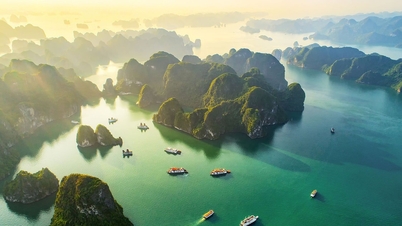









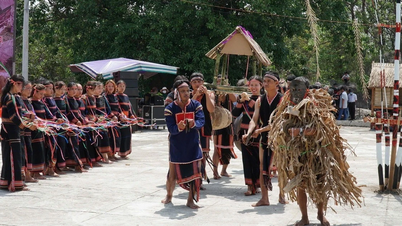
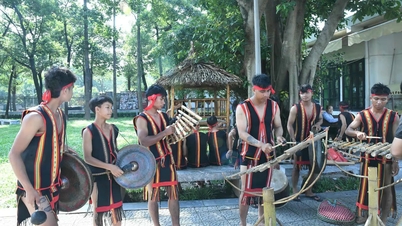


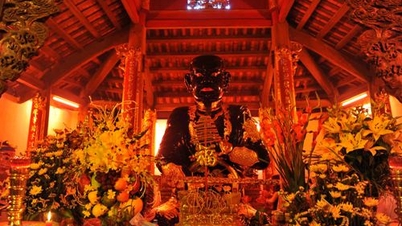

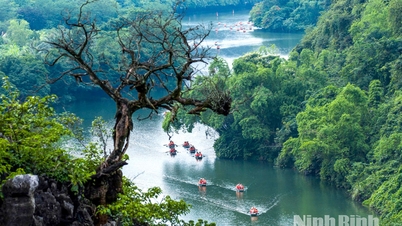








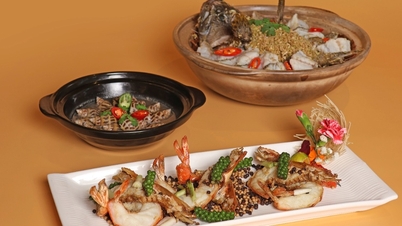





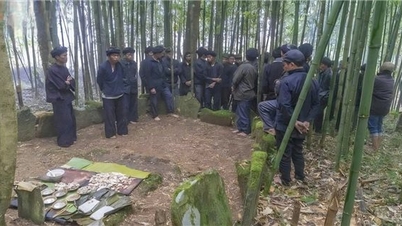

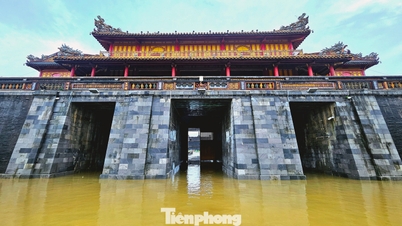
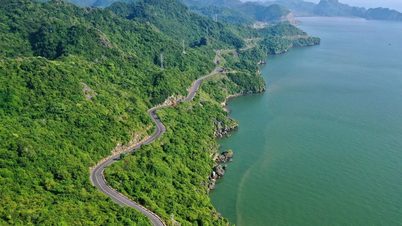


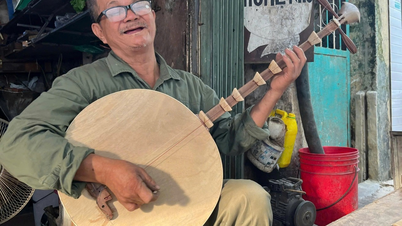










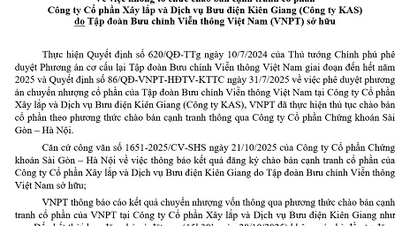


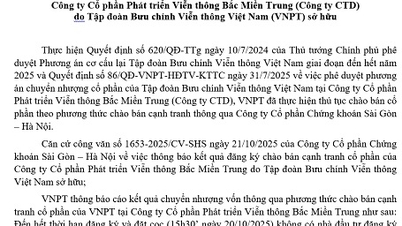
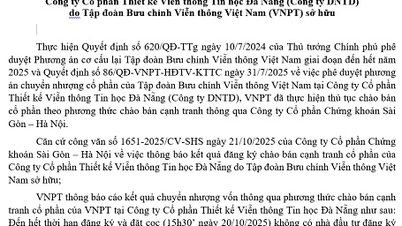











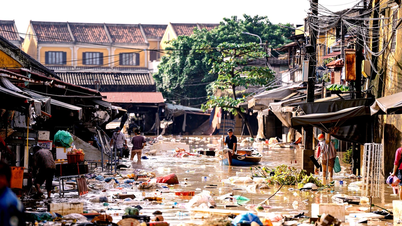













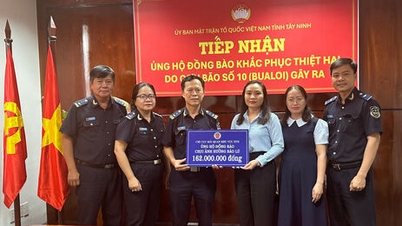

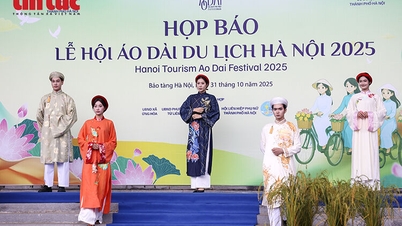

















Comment (0)